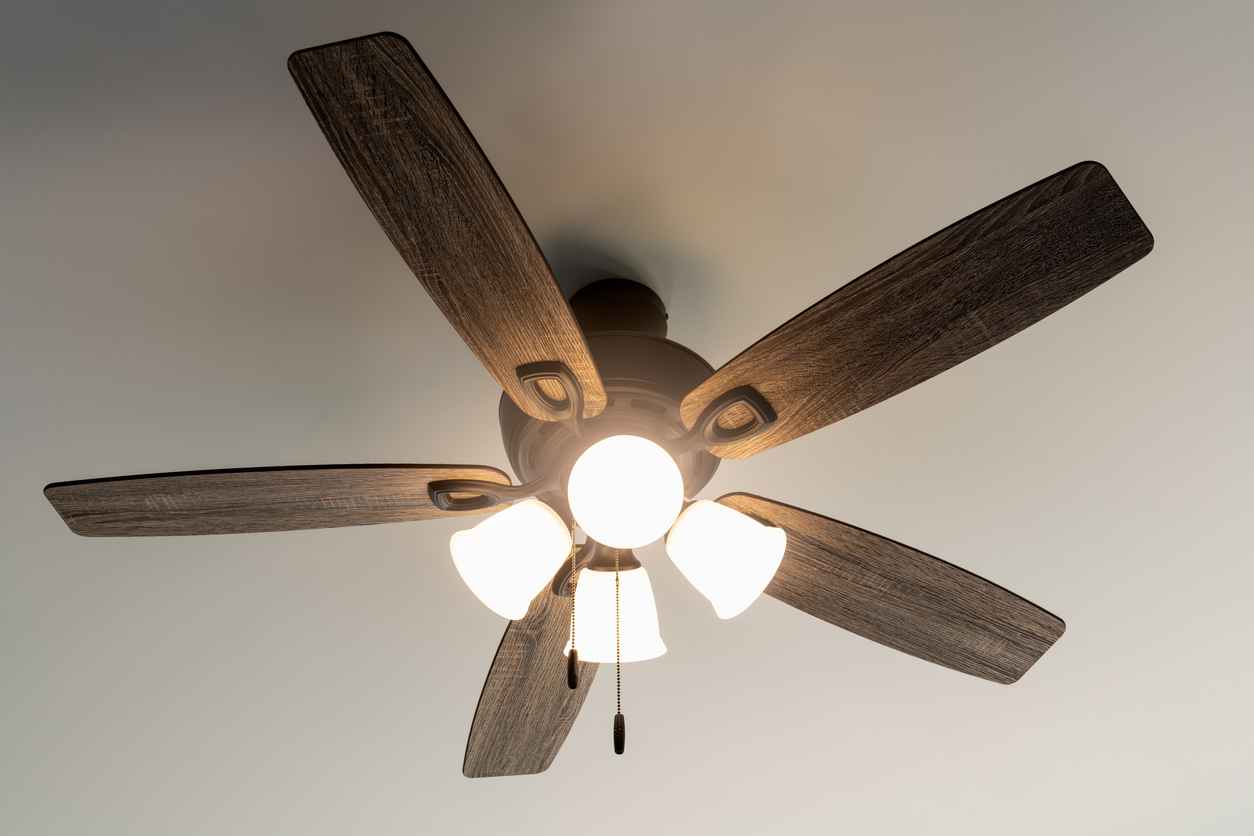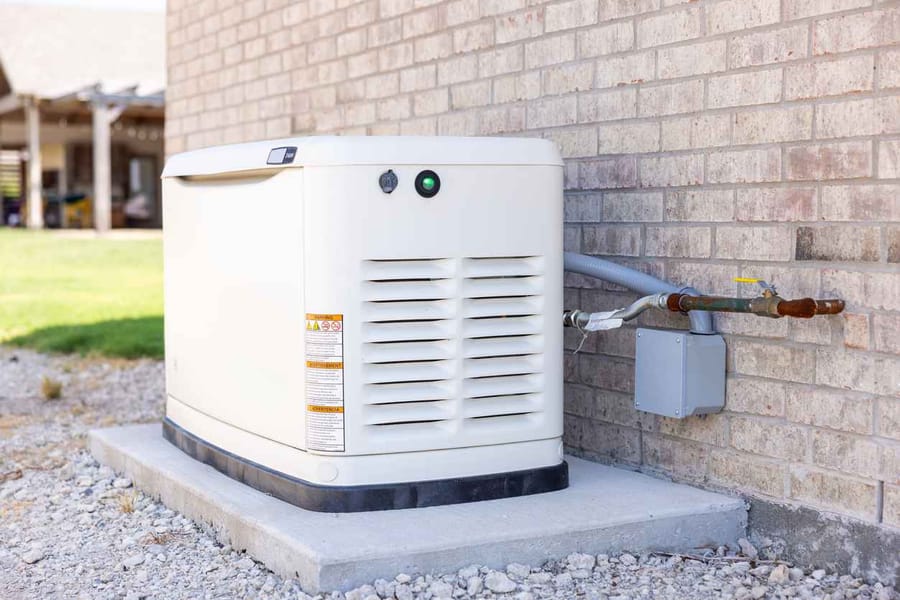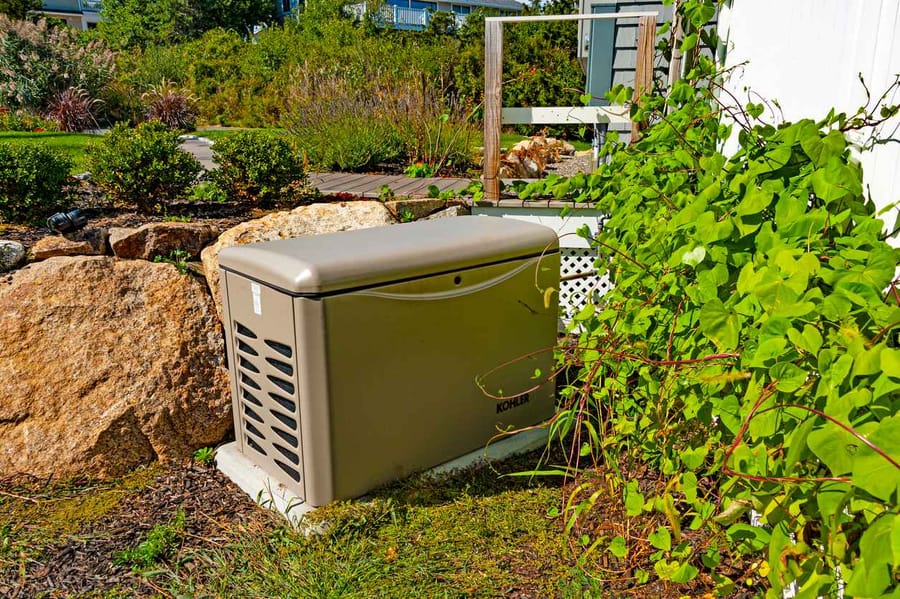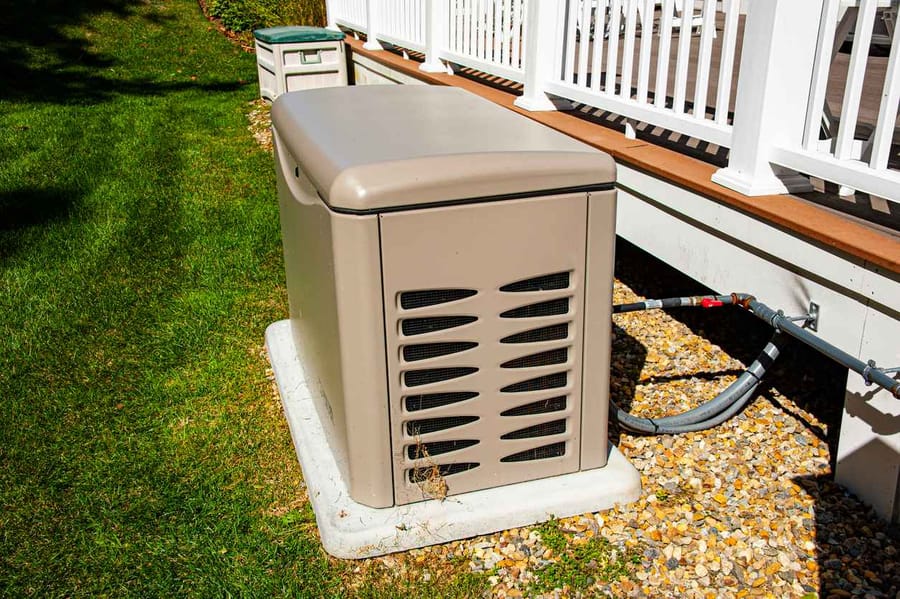0% Financing Available
How to Install a Ceiling Fan Without Existing Wiring

Ceiling fans are a fantastic addition to any home, providing comfort and energy efficiency throughout the year. However, installing a ceiling fan can be daunting, especially if your home lacks existing wiring for this purpose. If you’ve been considering adding a ceiling fan but are unsure of how to proceed without existing wiring, fret not! In this blog post, we’ll walk you through the steps to install a ceiling fan without existing wiring.
Step 1: Choose the Right Location
Before starting the installation process, choose the ideal location for your ceiling fan. The most common and effective placement is in the center of the room, ensuring maximum airflow and distribution of cool or warm air. Make sure there are no obstacles in the way and that the fan’s blades will be at least 18 inches away from the nearest wall. Also, check for a nearby power source, as you’ll need it to run the fan.
Step 2: Install a Ceiling Fan Support Brace
To ensure your ceiling fan is securely mounted, you’ll need a ceiling fan support brace. If there is an existing light fixture in the desired location, you can remove it and use the electrical box to attach the support brace. If not, you’ll need to cut a hole in the ceiling, following safety precautions and local building codes. Once the support brace is in place, ensure it can support the weight of the ceiling fan to prevent any future issues.
Step 3: Run Electrical Wiring
With the support brace installed, you can now run the electrical wiring to power your ceiling fan. If you have experience with electrical work, you can handle this step yourself. However, it’s essential to remember that working with electricity can be dangerous, so if you’re unsure, it’s best to seek professional assistance from Chesapeake Electric.
If you decide to proceed, begin by turning off the power supply to the area where you’ll be working. Use a stud finder to locate any potential obstacles in the ceiling, and then carefully run the wiring from the nearest power source to the support brace. Ensure you follow proper safety guidelines and secure the wiring correctly to avoid any hazards.
Step 4: Install the Ceiling Fan
With the electrical wiring in place, it’s time to install your ceiling fan. Carefully follow the manufacturer’s instructions for assembly and installation. Typically, the process involves attaching the fan’s mounting bracket to the support brace, connecting the wires (black to black, white to white, and green to green or bare copper), and securing the fan to the bracket.
Double-check that all connections are tight and secure, as loose connections can lead to potential hazards. Once everything is in place, you can attach the fan blades and any additional components provided with the fan.
Step 5: Test and Enjoy!
With the ceiling fan installed, turn on the power and test its functionality. Ensure the fan operates smoothly and without any wobbling or strange noises. If everything looks good, you’re ready to enjoy the enhanced comfort and energy efficiency that your new ceiling fan brings to your home.
Conclusion
Installing a ceiling fan without existing wiring might seem like a challenging task, but with careful planning and adherence to safety guidelines, it’s a feasible DIY project. Remember, however, that electrical work can be hazardous, so if you’re unsure or uncomfortable handling the installation yourself, reach out to the experts at Chesapeake Electric.
By selecting the right location, installing a secure support brace, running electrical wiring properly, and following the manufacturer’s instructions, you’ll have a beautiful and functional ceiling fan in no time. Enjoy the cool breeze during hot summer days and the gentle warmth during winter evenings, all thanks to your newly installed ceiling fan!
Recent Posts

December 19, 2025

December 19, 2025

December 19, 2025

December 19, 2025

November 21, 2025

November 21, 2025

November 21, 2025